In many zones the tomato season is all too short. There are some tried and true ways to extend the tomato season however, whether it be protecting them from frost or making the best use of an early harvest. Here are some simple ways to get the most from your tomatoes, especially if you live in Zones 3, 4 or 5.
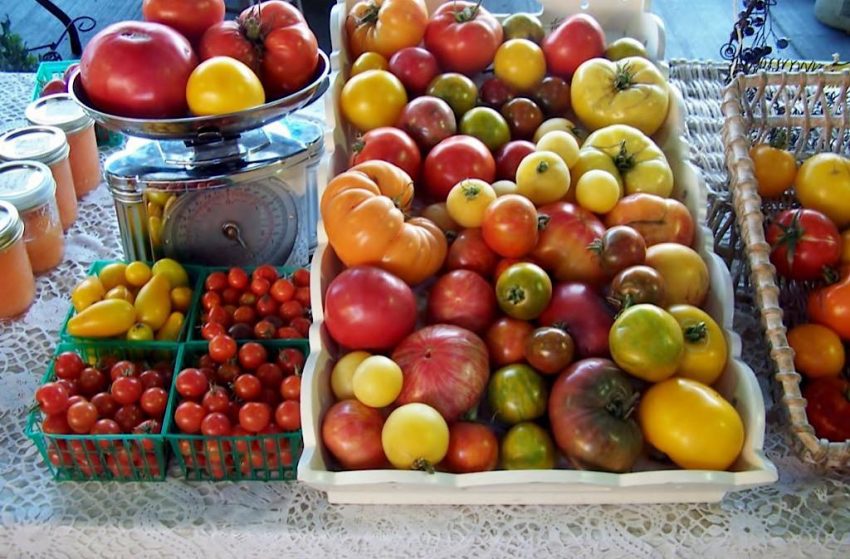
Jump to: Extending Growing Season | Frost tolerant tomatoes | Overwintering tomatoes | Ripening Tomatoes Indoors | Other frost tolerant fruits & vegetables
This post may contain affiliate links, and you can read our disclosure information here–
What is frost tolerance?
Frost tolerance is a crop’s ability to survive a frost or below freezing temperatures. If you’ve been gardening for a while, you’re undoubtedly aware of the fact that some plant species deal much better with low temperatures than others.
Species that hail from colder climates will deal better with freezing temps because they have evolved to be able to alter their sugar production.
When the temperatures cool, cool-season vegetables produce more sugars, and sugar water freezes at a lower temperature than water, which keeps the water in the cells from freezing and bursting the cell walls.
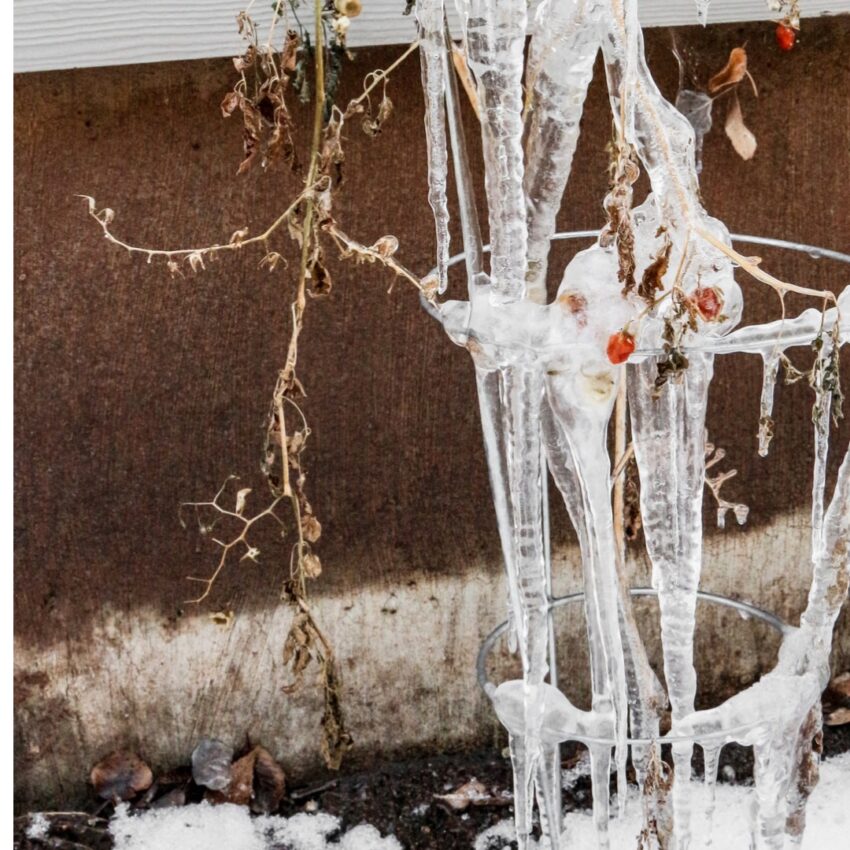
You notice that apples and squash are much sweeter after the first frost. When the Fall temperatures allow a long, slow cool-down period the vegetables will not only be sweeter but the sugar will provide more protection.
Some fruit and vegetable plants can survive a light frost (36°F), some can take a light “freeze” (28°-32°F) and some can even take a hard freeze (below 28°F). Most fruit and vegetable plants cannot handle any temperature below 25°F however.
Humidity can also help protect plants from frost because moisture holds heat, effectively insulating the air. That is why some gardeners will turn the sprinkler system on their plants when there is the threat of a frost.
How to extend the tomato season
Tomatoes are warm-weather plants. Don’t forget, the tomato plant (Solanum lycopersicum) naturally hails from toasty Central America! This means that unfortunately, the species lacks most of the mechanisms that protect frost-tolerant plants from damage when temps fall.
If tomato plants freeze, their cell walls burst and the plants turn to mush. To deal with this, you can grow determinate tomatoes, which have a limited harvest season. They put out all of their fruits over a 2-3 week period and then fade away before the first frost.
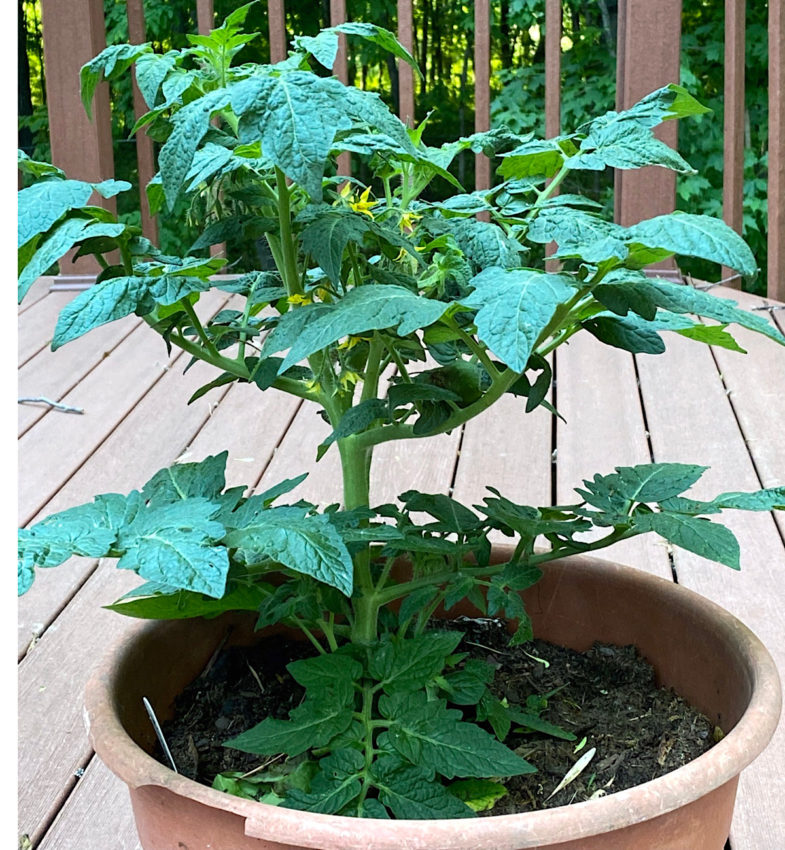
But what if you want to grow specific indeterminate tomato varieties, which keep producing until frost? After all, many of the tastiest heirloom varieties are indeterminate.
If you’d like to extend the tomato season in your garden, there are some steps you can take to make the most of those precious last few days before it gets too cold.
Once a “killing” frost does occur however, you might as well compost the plants, as the tomatoes left on the vine will turn to mush.
Preventing frost damage for indeterminate tomatoes
Indeterminate tomato plants will keep setting fruit until temperatures drop below around 60 °F. However, from the time fruit starts to develop to being ready for harvest, up to 50 days can pass for some varieties, which means that late bloomers will struggle.
It’s best to focus on the tomatoes on your plant that are already reasonably well-developed and still have a chance. Tomatoes that still have a chance to ripen will probably be showing a little bit of color and they will not be rock hard.
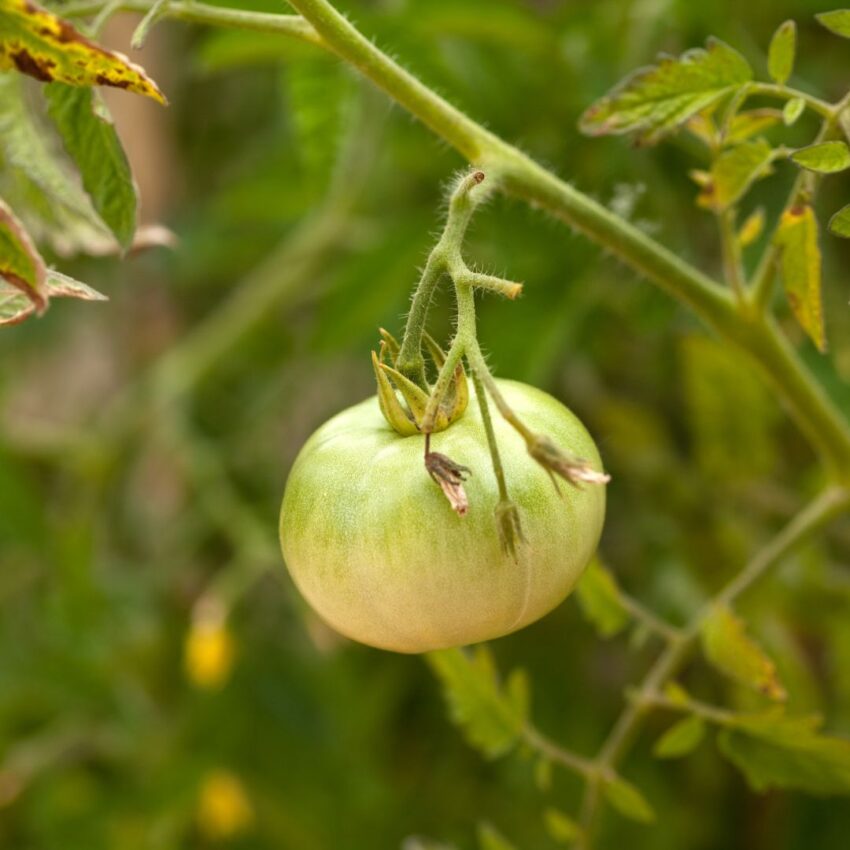
Here are some tips that may save the tomatoes, at least from the first light frost:
- When temperatures begin reaching the 60 °F danger zone at night, try covering your tomato plants.
- Remove any flowers or recently set fruit that will never be able to make it anyway. This way the plant doesn’t waste energy on them.
- Consider thinning the fruits, removing some of the tomatoes to give others a better chance.
- Reduce watering to encourage ripening.
- Sever the roots around the plant using a shovel to trick it into focusing on fruit production.
Have temperatures gone too low for ripening to happen (under 50 °F) or is the weather forecast predicting a killing frost that would turn your tomatoes inedible? Unfortunately, this means it’s time to wrap things up.
Pick the green tomatoes off your plant and scroll down to the paragraph on using the last tomatoes below.
**Pro Tip: Some growers just don’t quit! It’s sometimes recommended to pull up the entire tomato plant and place it somewhere inside the home, like your basement, so the tomato fruit can absorb every last drop of life while still on the vine.
Extend the Harvest by Pickling the Green Tomatoes
If you have a glut of green tomatoes that are still firm but are not going to color up inside, pickle them! No need for a lot of canning equipment if you make refrigerator pickled green tomatoes. They won’t last throughout the Winter, but they will sure add flavor to your dishes through late Fall.
Which tomato varieties are the most frost tolerant?
Do you find it really difficult to say goodbye to fresh tomatoes when fall sets in? One thing you could consider is to grow a more cold-tolerant tomato variety.
I’ll be frank and say that none of them will ever deal well with a killing frost, but there are some cultivars that allow you to push things a little more than others.
Look for varieties that were bred for cooler climates: they’re meant to begin producing when it’s still chilly, but that also means they can keep going for longer in fall. These varieties include:
- Glacier: Begins producing very early and stops very late.
- Stupice: Created in the former country of Czechoslovakia, this is an early producer and quite tolerant to cold.
- Sasha’s Altai: An excellent cold-tolerant variety from Siberia.
- Grushovka: Another Siberian tomato, this one known for its pink color and pear-like shape.
- Grappoli d’Inverno is an interesting Italian heirloom variety whose fruits are known for keeping for a long time when stored in hanging bunches (called ‘ristras’). Also a good candidate for bringing in the entire plant and hanging it so the fruits can ripen on the vines, as I described in the previous paragraph.
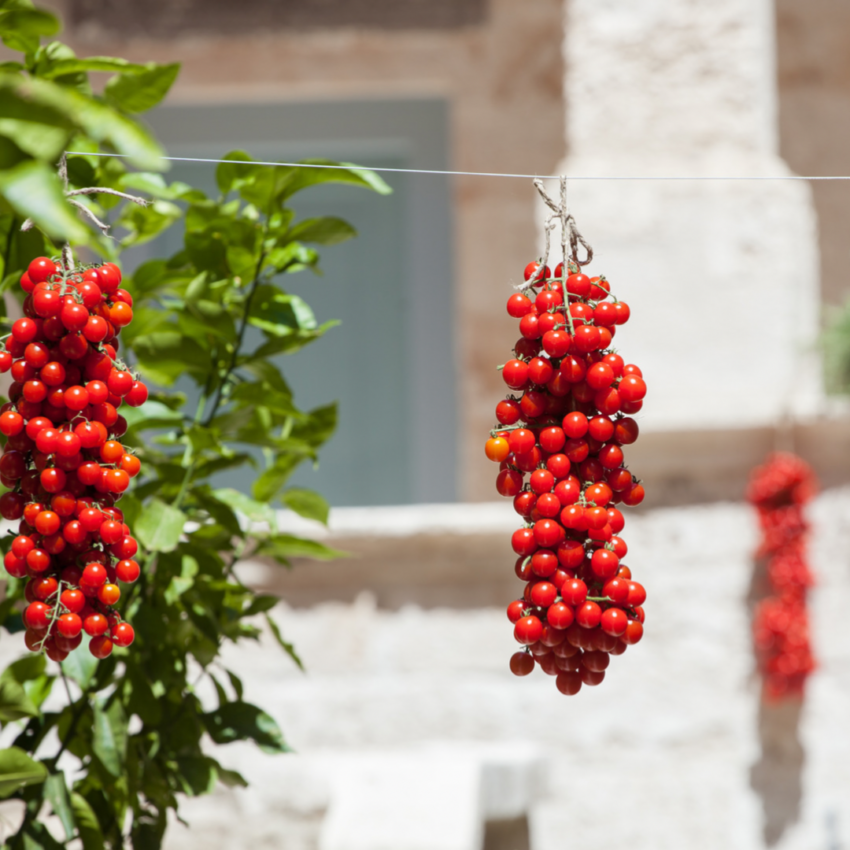
Overwintering tomatoes
Since indeterminate tomato varieties are known for continuing to grow until they’re felled by frost, does this mean that you could overwinter yours? Technically, yes. However, unless you live in a very mild climate or have a heated greenhouse, though, you’ll have to overwinter indoors.
If you grow your tomatoes in containers, you can bring those containers in and leave them in the brightest spot you can offer until things outside have warmed up enough in the Spring.
If you bring your container-grown tomatoes indoors for the Winter, back off of the watering, do not fertilize them and place them either under grow lights or a very sunny window spot.
The other thing to know about overwintered tomatoes (or plants of any kind) is that they will get used to being pampered and will need to be hardened off in the Spring before exposing them to wind and direct sunlight.
Some gardeners opt to just take cuttings instead and overwinter those. This way, when the time comes to bring them outdoors, they’ll have a head start in terms of size compared to if you’d have grown them from seed.
I find it easier to just start them from seed under grow lights in mid-March here in Minnesota.
How to use the last tomatoes
It’s always a pity when you have to go ahead and pick the last of your tomatoes while they’re till green to prevent them from going down with the plant, but this doesn’t mean you have to throw them away.
You’ve still got two options: using the still-green fruits or attempting to ripen them as best as you can.
Preparing unripe tomatoes
Although raw green tomatoes can cause stomach aches in some people, that doesn’t mean they can’t be used in the kitchen. Why not try one of the following?
- Fried green tomatoes
- Pickled green tomatoes
- Green tomato jam or chutney
- Green tomato kimchi

**Tip: Aunt Rubys is an heirloom tomato that stays green. With respect to cooking with green tomatoes this variety has much more flavor than red tomatoes that have not yet ripened. It makes the best fried green tomatoes ever!
Ripening tomatoes indoors
As mentioned above, some gardeners pull their entire tomato plants out of the ground to let the fruits continue to ripen indoors. If that’s not an option for you, you can try to coax a little color into those green tomatoes.
Place them on a sunny windowsill, turning them regularly, and you’ll find that they can actually still develop a nice rosy hue.
Do keep in mind that even if your green tomatoes do color up, they’re obviously not going to taste the way they did in high summer. They unfortunately just won’t be able to develop enough sugars. Still, you can absolutely use them! Here are some of the ways I use them:
- Salting: Soaking half-ripe tomatoes in brine for half an hour can really enhance their “tomato-ey” flavor.
- Tomato powder: Dehydrating and turning the tomatoes into powder concentrates their flavor and has many uses.
- Freezing: If you picked loads of tomatoes to ripen, you can freeze the excess to use in all sorts of dishes. To enhance their flavor, you can mix in some of the aforementioned tomato powder or some store-bought tomato paste.
Fruits & vegetables that have a high frost tolerance
As should be clear by now, tomatoes won’t feature on any list of crops with good frost tolerance. Even the cold-hardier cultivars won’t make it long when things get really chilly!
Luckily, gardening doesn’t end when the summer does – not by any means. You just have to choose the right food plant to be able to enjoy fresh produce year-round.
Vegetables that cannot tolerate any frost
The usual suspects for low cold tolerance are Solanaceae, better known as nightshades, the family to which tomatoes also belong. Eggplants, peppers, Cape gooseberries and other nightshades don’t tolerate any frost at all.
The same goes for almost the whole Cucurbitaceae (gourds) family, which includes cucumbers, zucchini and most melons.
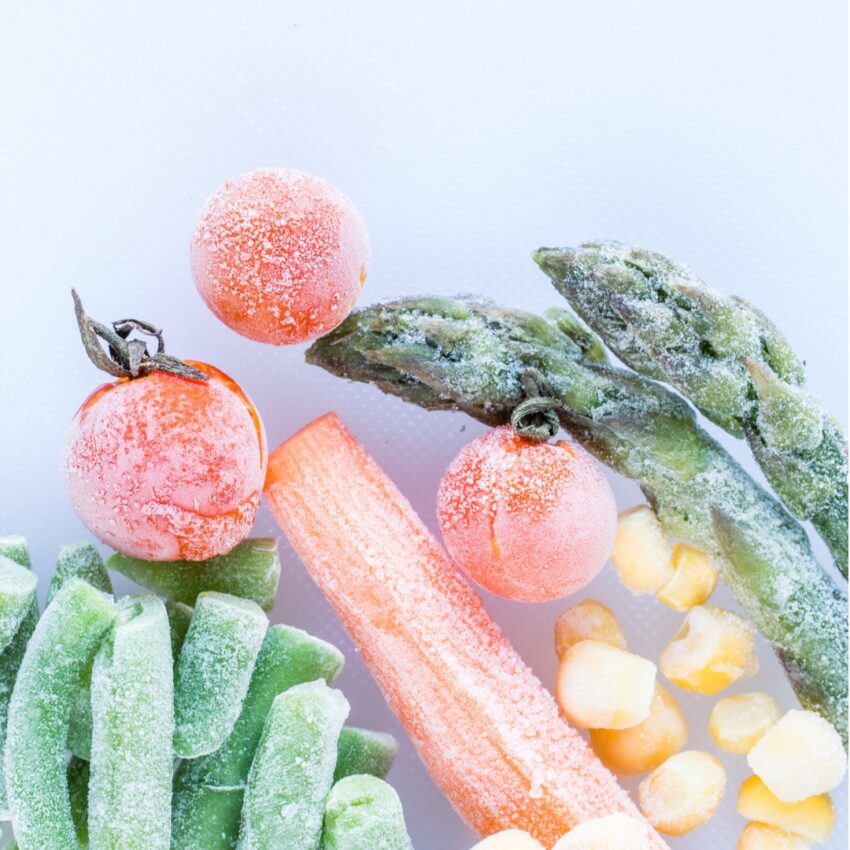
Other popular food plants that will give up the ghost at the first signs of frost include:
- Corn
- Okra
- Beans
Fruits & Veggies that can tolerate light frost
Some food plants can survive light frosts (28-32 °F or even slightly colder) without too much damage, although it’s usually an indication that it’s time to wrap up the harvest season once those kinds of temperatures are reached.
The plants themselves may survive hard frosts (i.e., blueberry plants), but the fruit quality can start to become severely affected.
- Potatoes (in the ground)
- Winter squashes
- Apples
- Pears
- Blueberries
- Cauliflower
Vegetables that can tolerate hard frost
You may be surprised at the number of crops out there that can withstand hard freezes (below 28 °F and down to 20 °F) without much issue. If you’d like to grow some winter veg, why not consider:
- Cabbage
- Carrots
- Broccoli
- Leek
- Brussels sprouts
- Beets
- Kale
- Turnips
Guides for successfully growing tomatoes
- For germinating seed indoors
- Transplanting tomatoes from indoors to outdoors
- Growing tomatoes in the city
- Best seed catalogs for tomatoes
- Best trellis systems for tomatoes
- Season extension for tomatoes
- Taste of heirloom tomatoes based on color
Frequently asked questions
Unfortunately, usually not. If the frost was very light and only some leaves were frostbitten, you can try pruning those and seeing if the plant bounces back. I’m not giving any guarantees though!

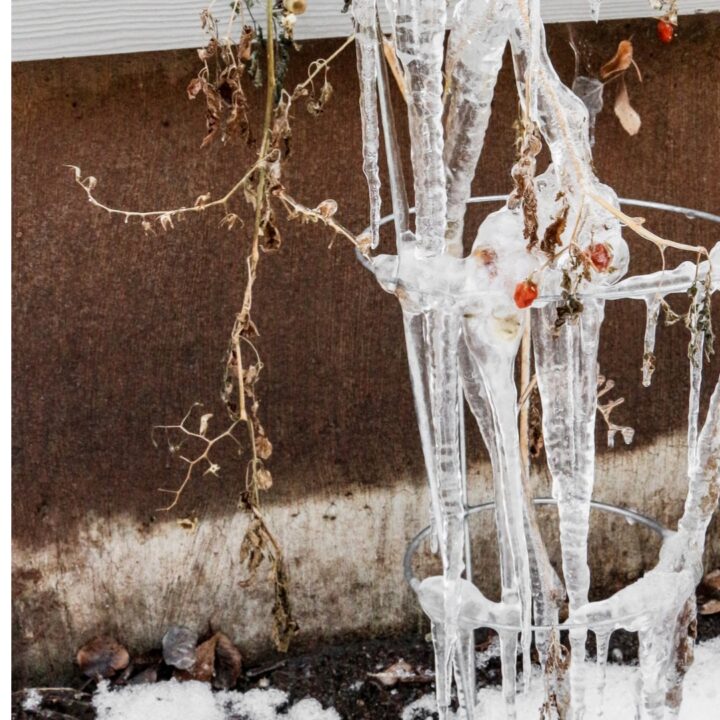
Leave a comment